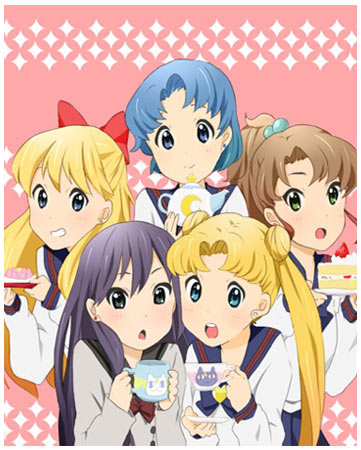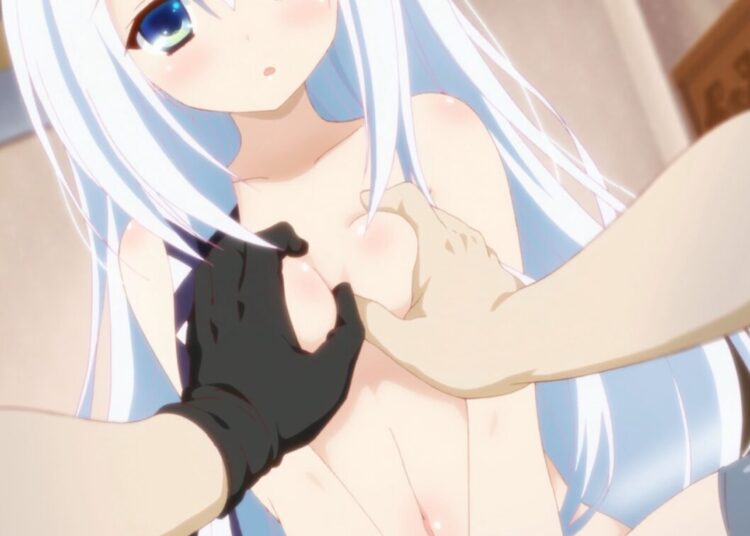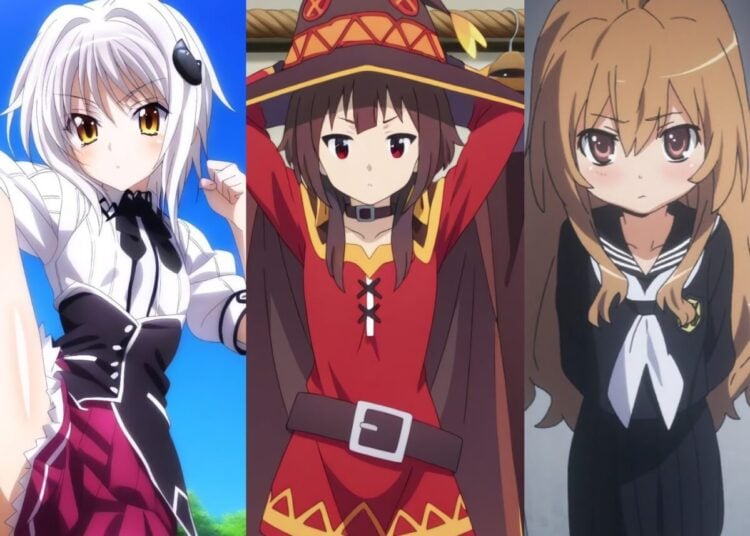One thing I can say about living in Japan is, it has made me appreciate the amazing variety of delicious types of tea that exist in Asia. Before coming here there were three kinds of tea in my vocabulary: “tea” (the stuff that comes in a Lipton tea bag), “herbal tea” (the kind that doesn’t have caffeine, so why would I drink it?), and “green tea” which the Japanese drink. The basic “green” tea (ryoku-cha) is usually sencha or bancha, with the best tea coming from Shizuoka Prefecture, where Mt. Fuji is located. When you buy products like Green Tea Caramels from Morinaga the flavor used is matcha, which is a thicker and more bitter green tea made from a powder, and this is also the tea used in traditional tea ceremony.
The are other distinct kinds of “green” teas, including hoji-cha (made from leaves that have been roasted over charcoal) and genmai-cha (green tea with roasted rice that’s commonly served at sushi restaurants). Other teas commonly consumed include Chinese teas like oolong and jasmine tea plus the delicious mugi-cha barley tea which the Japanese drink as often as American teenagers drink Coke. (I daresay if there’s one bit of data that tells why Americans have more problems with obesity than the Japanese do, it’s to be found here. Americans drink 600 cans of soda per person per year, and the Japanese probably drink 1/100 of that amount.)In addition to Asian teas, the Japanese are also fans of Western style tea, called kocha or “red tea” (though we call it black tea). Though green, black and oolong teas all come from the same plant (the differences arise from how the leaves are processed), there’s an interesting cultural line between all Asian teas and black tea. The Japanese closely associate black tea with the West, and it’s nearly always sold as a ridiculous parody of British tea, with oldey timey image images of Victorian-era women drinking tea from a dainty china cup. I’ve been known to have fun pushing my wife’s cultural buttons, drinking black tea from a traditional yunomi cup for green tea, and vice versa, which no one in Japan does — the two tea cultures are always completely separate.

The Japanese have a great affinity for various types of tea, from East to West.















